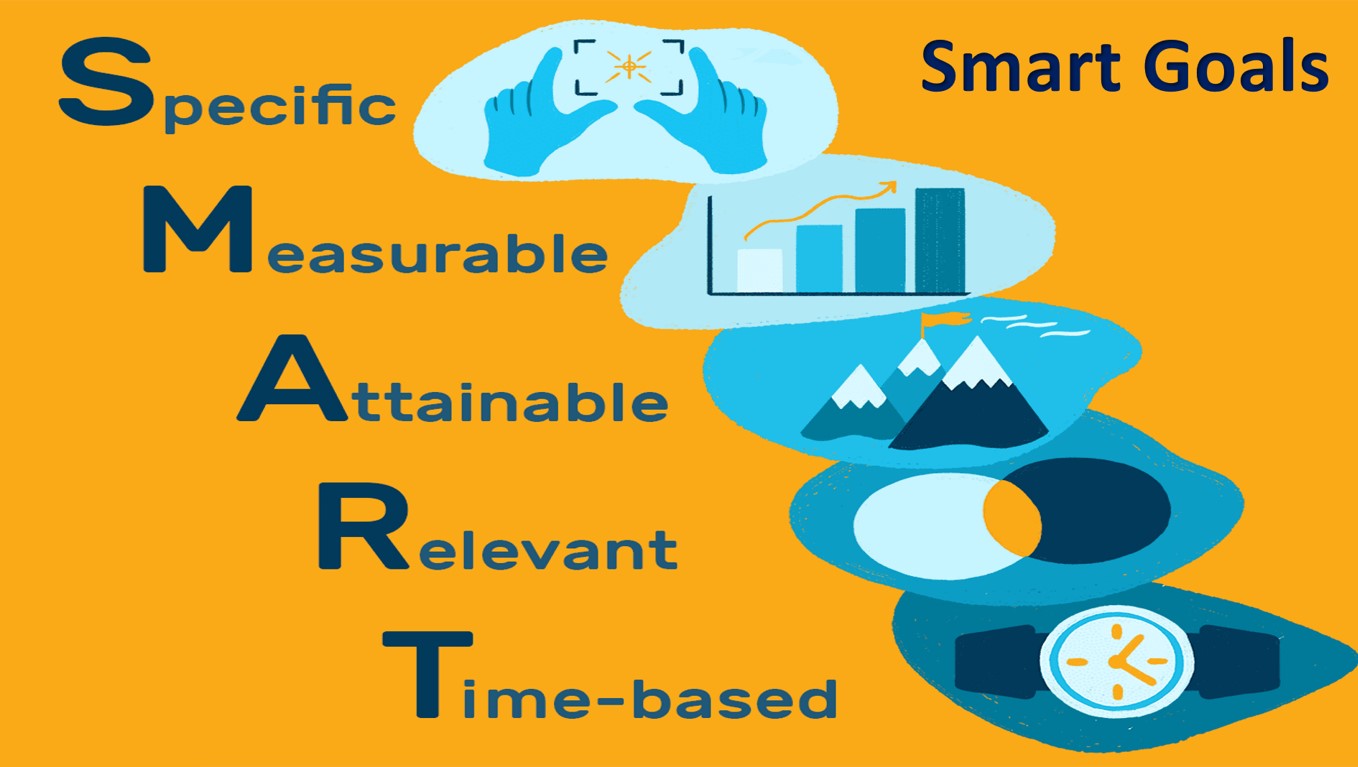SMART Goals Framework and Transformation
Setting Aims and goals is a healthy way to progress in life and business. People can do effective planning if there are clear set goals and objectives. However, planning the goals appropriately and realistically is very much significant for achieving them. An early planning and realistic planning of goals are mandatory for achieving the best possible from them. In this connection, a focus on what makes up a goal more effectively and what attributes are important in setting the goals are some of the issues discussed about in the following write-up description.

Goals and SMART Goals
There can be any number of goals for individuals and they might vary in characteristics and features. However, those goals which do have a definite profile of features and realistic in practicality are achievable in life. In this connection, SMART Goals make up those goals which are specific, measurable, Achievable, Realistic and temporal. SMART Goals are possible both for individuals in their life and profession as well as for organizations to achieve their objectives in life. In this connection.
What makes up the SMART Goals
Specificity refers to specific objectives and features that need to be achieved as part of the goal. It is very much necessary to have clarity on what is necessary to achieve as part of the SMART goal. Clarity on the goal is mandatory to plan further. For instance, for an organization, if improving customer loyalty is the goal, then this makes up a SMART goal. The specific objective here is to improve customer loyalty. It is necessary to be measurable, the specific objective needs to be measurable. If it is the case of customer loyalty, it can be measured by the number of returning customers. Achievability speaks of the practicality of the goal, it might be not possible to enhance the revenues of the organization, hundreds of times in a few months. This might be not realistic.
Achievability matters, setting realistic goals and working to achieve them matters. Relevance is another important attribute of a smart goal. The goal set by the individual or by an organization needs to be relevant to the interests of the individual or should be relevant to the business of the organization. For example, if an organization is into customer service, it can think of improving customer loyalty as a relevant goal, if it is about research and development of an object for daily usage, well it is not part of its business interests and so not relevant(Morgan,2020).
A SMART goal essentially needs to be time-bound too. There should be some set time frame for achieving the target. This makes the planning more efficient. For example, improving the Revenues by 10%, by the end of the current quarter is a good SMART Goal for a retail showroom. The goal is specific, measurable, achievable, relevant and Time bounded too.
Developing SMART Goals by working out in a SMART goal framework
Transforming vague and unclear goals to SMART goals by using the SMART goal framework will enable individuals and organizations, to plan things more efficiently and will help them assimilate and gain resources to achieve the same(Latham,2020).
Read also: Brain Break Activities and IdeasTransforming to SMART Goal
Specific – Aims to achieve promotion in the current marketing job, want to become a supervisor.
Measurable – Promotion to the supervisory position will take up supervision of three employees and will lets-in take more responsibility as part of the job(Latham,2020).
Achievable – owing to the domain experience and commitment, the set aim is achievable.
Relevant – Promotion in the current position is a step towards career progress.
Time bounded – It is expected to achieve this 12 month from now.
Employing a smart goals worksheet and a smart goals template will let people plan their goals more effectively and can transform them as SMART Goals.



